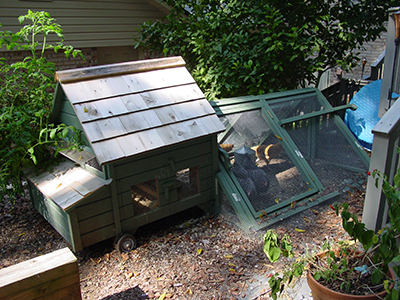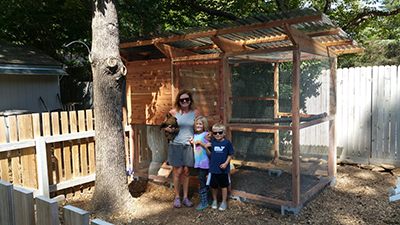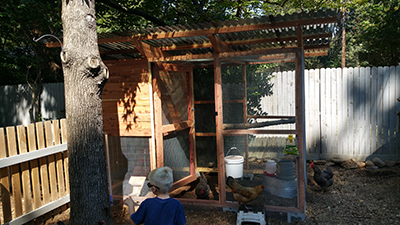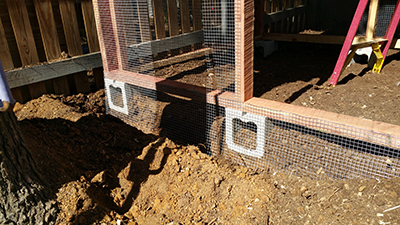5 Microscopic Compost Bin All Stars
 Friday, October 27, 2017 at 7:10AM
Friday, October 27, 2017 at 7:10AM The microorganisms that live and wok in your compost pile, will never complain, or call in sick. They won’t ask for a benefits package with a 401k matching plan, and dental insurance. All they ask for in return for their hard work, are your coffee grinds, grass clippings, egg shells, and banana peels. If only they had tiny little, hands - and you had time - you might try to shake a few billion of them in thanks. Instead, take a minute to learn a little bit about these unseen compost bin all stars, and give them a shout out the next time you toss in an apple core.
Bacteria
They’re the smallest living organisms, and also the most numerous in your compost pile ; they make up as much as 90% of the billions of microorganisms living in one small spoonful of compost.
Actinomycetes
These tiny compost dwellers create the earthy smell that’s associated with soil and compost. Because of their long, branched filaments, which resemble a spider web, Actinomycetes look similar to fungi. Their enzymes allow them to process lignin, chitin, cellulose, and proteins - making actinomycetes especially useful in breaking down woody stems, branches, bark and paper.
Fungi
These compost workhorses include aerobic molds, and yeasts, that vigorously colonize and spread new cells and filaments in the material. They process the cellulose in tough debris, allowing bacteria to complete the decomposition process, and they’re especially useful in breaking down compost because they can break down organic residues that are too acidic or nitrogen deficient for bacteria to process.
Protozoa
These are the funny looking one-celled organisms with lots of little hairs, from elementary school science class, and you can find them inside water droplets in your compost pile. Well, you probably can’t find them, but they’re there, although they play a smaller role in the compost pile than bacteria and fungi, by obtaining food from decaying organic matter in much the same way.
Rotifers
Like protozoa, these microorganisms are also found in water inside your compost pile, but rotifers are multicellular and, like protozoa, feed on organic matter and ingest bacteria and fungi.















